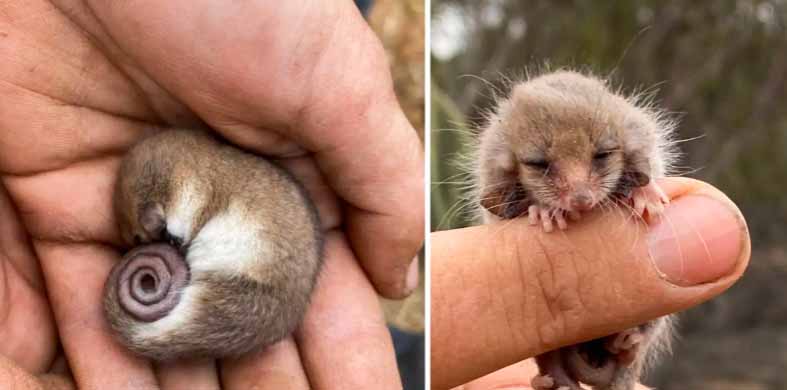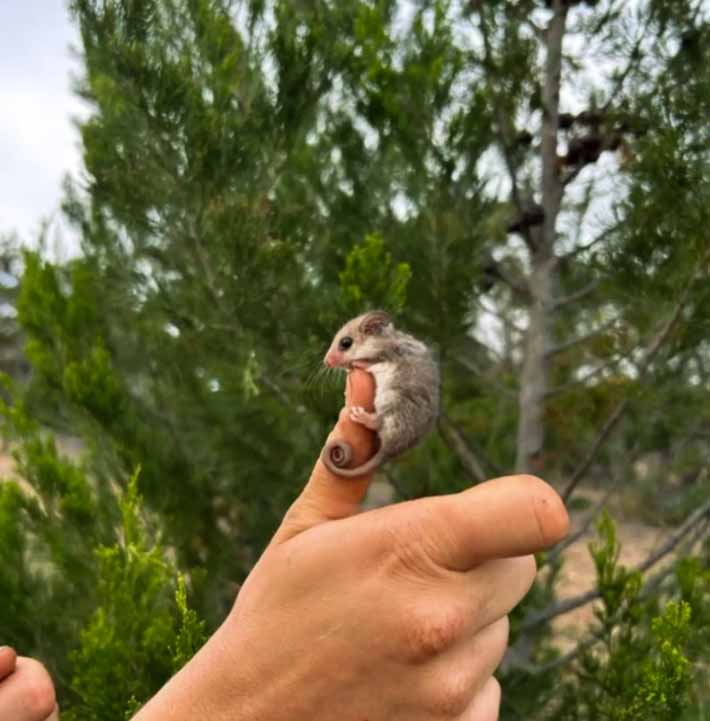As part of an annual wildlife census, a research volunteer was perusing Australian Wildlife Conservancy’s Dakalanta Wildlife Sanctuary when she came across a small, enigmatic creature that was no larger than her thumb. The volunteer was curious and asked for assistance.
“[She] yelled out that she had a ‘sleepy mouse’ in her trap,” Australian Wildlife Conservancy senior wildlife ecologist Dr. Alexandra Ross told The Dodo.

Ross claims that the discovery of this little animal’s true nature “just about made the team combust.”
“When the volunteer brought the ‘sleepy mouse’ over and I got a glimpse of the ears, I knew exactly what she had found,” Ross told The Dodo. “The whole team was ecstatic to see their first western pygmy possum.”

Native to Australia, Western pygmy possums are small marsupials. Following a drought that broke all previous records in the area in 2018 and 2019, Dakalanta’s natural animal populations, particularly the pygmy possums, started to decline.
When they conducted their most recent survey, the researchers had modest hopes but hoped to observe these possums. Six possums were discovered that day by researchers, which Ross describes as a “unheard of” figure. Researchers discovered 29 western pygmy possums at the end of the survey, which is a very encouraging sign.
“Every additional possum [made] us more and more excited about what this meant for the species in the region,” Ross said.

The fact that the possums were discovered in a variety of habitats is a positive indication that the region’s ecosystems have become more resilient and livable.
Even with all the changes, these little yet powerful possums managed to survive. That flexibility is what makes all the difference for Ross.
“I am always thrilled to see signs of our species being resilient,” Ross said.








